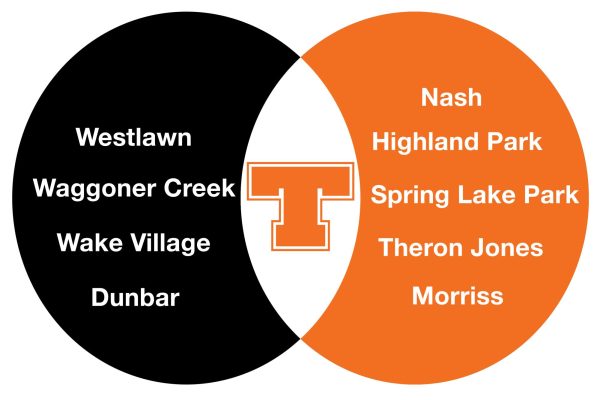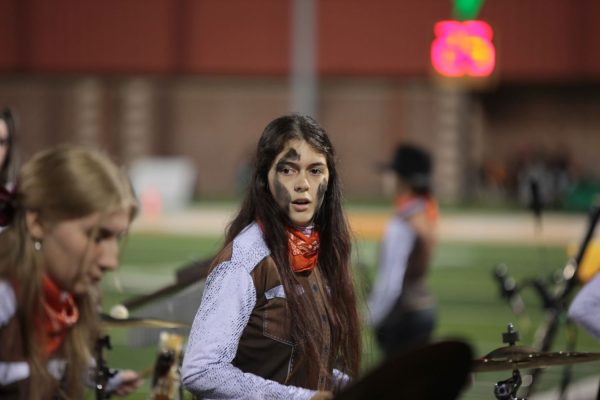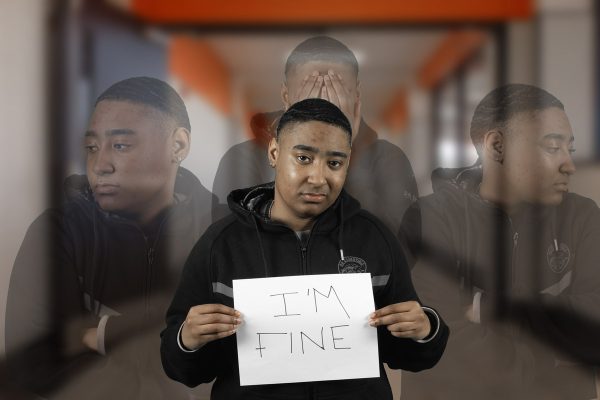Disability in media
Sophomore speaks on levels about today’s biased media and pop culture
Whispers. Adverted glances. Condescending voices. These are just daily experiences in the life of a disabled person.
The essence of having a disability is something only disabled people can understand. The lives of disabled people are difficult, which is something that cannot be emphasized enough. The worst part is that it’s not even the disability that is the primary problem, it’s the reaction of other people to the disability.
Most able-bodied people consider disabled people to be automatically beneath them, almost like children. We are not usually considered to be people. So where does this negative stigma come from? The answer is simple: the media. In almost every form of media that currently exists, there is some form of prejudice against disabled people; everywhere from blockbuster movies to websites like YouTube.
Stereotypes from our favorite movies and TV shows have become engraved in the minds of the public. The things that have the biggest impact are the small things that no one thinks about. One of these things is the association with villains and mental illness. Thanks to comic books and action movies, a synonym with the phrase mental illness is the word dangerous.
In addition to harmful stereotypes being spread about disabled people, there is also the issue of the bad treatment of disabled characters by creators and fans alike. In “The Walking Dead,” a popular video game, a disabled teenager was killed brutally and the fan reaction was anything but upset. In fact, fans were happy about her death because they considered her a burden.
Similarly, when the main character of the Nickelodeon cartoon, “Legend of Korra,” was wheelchair bound for a few short episodes, fans were extremely upset because she was now, in their eyes, incompetent. This reaction occurred despite there being multiple well-liked, competent disabled characters on the show already. If this is how fictional people who are temporarily wheelchair bound are treated, imagine what actual people who are permanently wheelchair bound have to face.
Thanks to the internet, misinformation about every imaginable topic can be spread at the click of a button. This applies especially for videos and stories about disabled people. A phenomenon blossoming all over the internet is the spread of ‘inspirational’ tales of disabled people being magically cured of their disability.
This content is meant for the consumption of able-bodied people and able-bodied people alone. I can guarantee that no deaf person has watched a video of a cochlear implant being turned on for the first time and found it inspirational.
Perhaps the worst crime of all committed by the media is the outright erasure of disabled characters. A hugely popular movie, “The Hunger Games,” featured no disabled characters. This would not be a problem if it weren’t for the fact that in the book, the two main characters, Katniss and Peeta, had disabilities (Katniss being deaf in one ear and Peeta having a prosthetic leg.) A similar scenario took place when the Marvel movie “The Avengers” completely erased the character Hawkeye’s deafness.
These are only some examples of the non-inclusion of disabled characters in the media. Removing the disabilities of these strong and relatable characters contributes to the idea that the traits strong and disabled are dissimilar.

[email protected]
Alex O’Gorman is a senior and one of four editors in chief of the Tiger Times. She and her co-editors are planning...

Savannah is finishing high school in her senior year. She is a staff member in both the photography program and school newspaper. Her first year in publications,...








